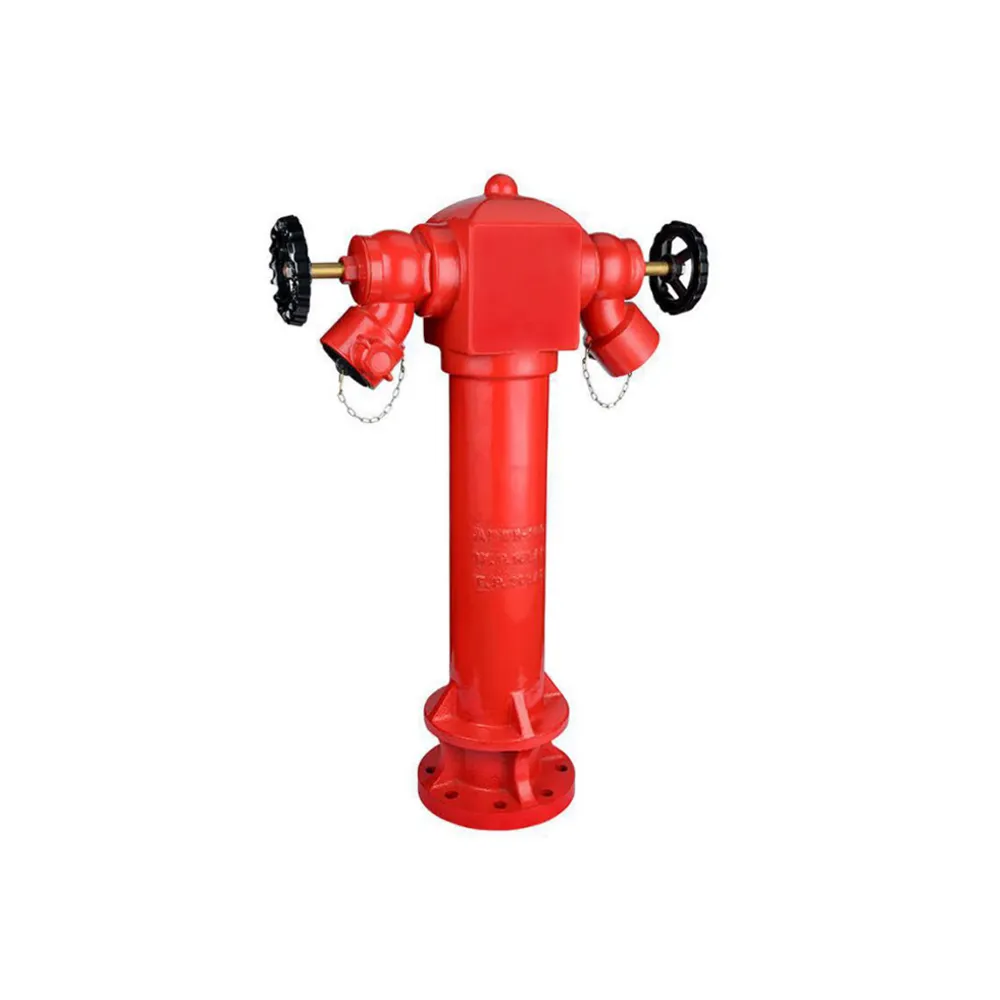Foam hydrants, alternatively recognized as foam proportioning systems, represent specialized firefighting equipment that amalgamates water and foam concentrate to formulate a fire-extinguishing foam solution.
Components And Functionality Of Foam Hydrants

- An essential feature of foam hydrants lies in their linkage to the primary water supply line, granting firefighters instant access to a pressurized water reservoir.
- The integration of a proportioner within the foam hydrantfacilitates the blending of foam concentrate with water. The proportion of water to foam is modifiable according to the fire category at hand, thereby guaranteeing the utmost potency of the foam concoction.
- Incorporating a dispersion mechanism, the foam hydrant produces and disperses the foam-water amalgamation, which can be channeled towards the fire through hoses or integrated into a stationary firefighting system.
Types Of Foam Hydrants
- Permanently embedded within industrial environments, these units serve as specialized assets for addressing fires linked to combustible liquids.
- True to their nomenclature, these units boast mobility and swift installation capabilities at the scene of incidents. Their portability proves especially advantageous in secluded regions or amidst exigencies where permanent structures are absent.
Advantages Of Using Foam Hydrants
- Enhanced Suppression: Incorporating foam elevates the effectiveness of water by enveloping the fuel surface, quelling vapors, and inhibiting rekindling.
- Adaptability: Various foam concentrates tailored to the specific fuel type bestow versatility for diverse hazardous substances.
- Cost-Effective: Employing foam diminishes the water requirement for extinguishment, mitigating the risk of water-related harm and amplifying efficiency in situations with constrained water reservoirs.
Routine inspection, testing, and upkeep of foam hydrants are paramount to ensure their operational efficacy during exigencies. Adherence to global benchmarks like NFPA alongside local statutes assures conformity and safeguarding.
Technological progressions have ushered in astute and eco-conscious foam formulations. Prospects for future enhancements in foam hydrant configuration encompass sophisticated automation, refined monitoring mechanisms, and integration into intelligent urban infrastructures.
Understanding Foam Hydrants Vital Tool In Fire Protection
Foam hydrants are strategically placed outlets connected to a foam concentrate supply, designed to deliver foam solution directly onto flammable liquid fires. Unlike traditional water-based hydrants, foam hydrants are specifically engineered to generate a stable foam blanket that suppresses the fire by smothering the fuel source and preventing reignition. The unique properties of foam make it an effective agent for extinguishing Class B fires involving flammable liquids such as gasoline, oil, and solvents, where water alone may be ineffective or hazardous.
Operational Mechanism of Foam Hydrants In Fire Suppression
When activated, foam hydrants mix the foam concentrate with water at a predetermined ratio to create a foam solution with the optimal extinguishing properties. The foam solution is then discharged through a specialized foam branch or nozzle, forming a thick blanket that covers the burning surface and seals off vapors, preventing the fire from spreading. The expansion ratio of the foam, along with its ability to cool and suppress flammable vapors, enhances the effectiveness of foam hydrants in quickly controlling and extinguishing flammable liquid fires.
Foam hydrants embody a pivotal element in contemporary firefighting methodologies, furnishing a prompt and efficient avenue for combating fires entwined with inflammable fluids. Their strategic positioning, complemented by meticulous maintenance and technological strides, guarantees their entrenched role in shielding lives and assets from the catastrophic repercussions of such conflagrations.
